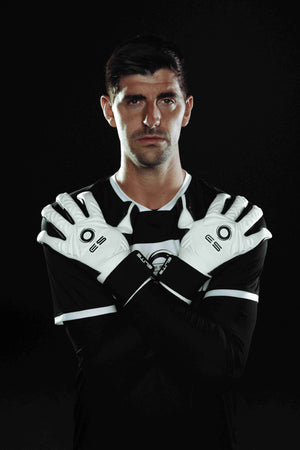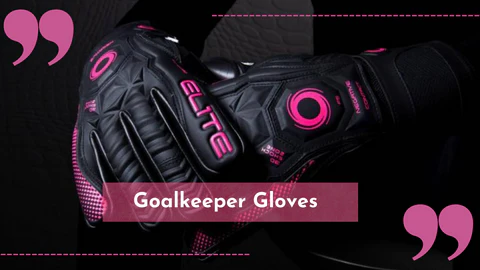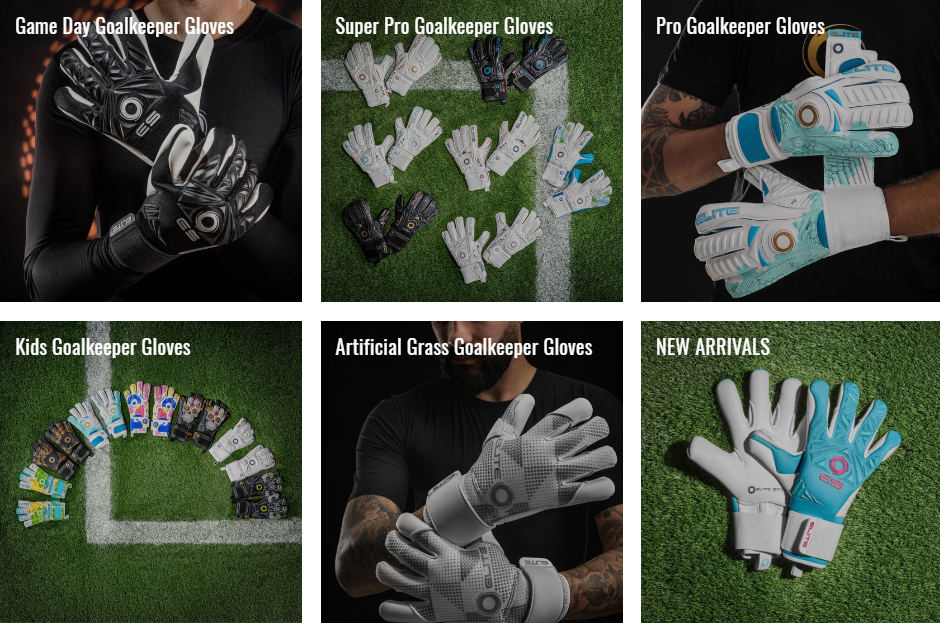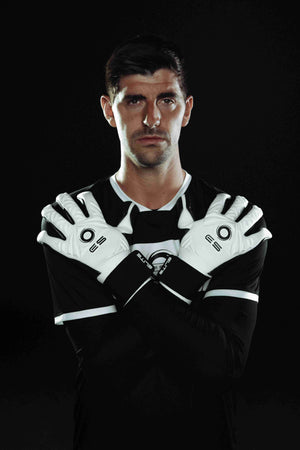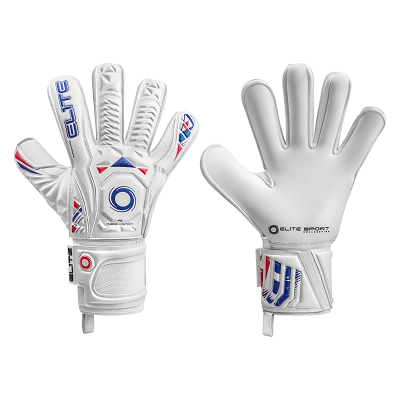Goalkeeper Gloves: The Essential Tool for Every Keeper
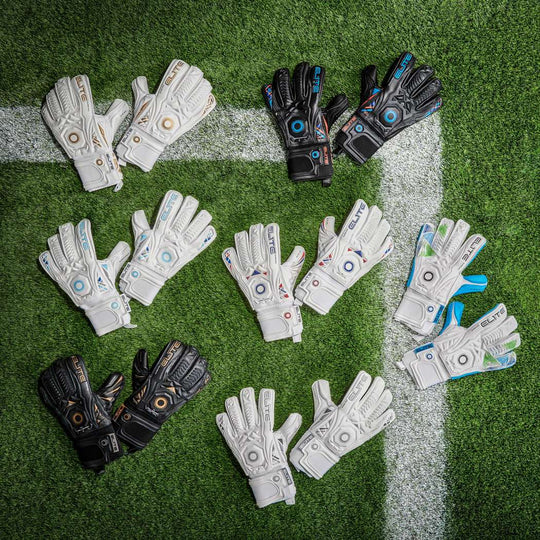
Strong 8k brings an ultra-HD IPTV experience to your living room and your pocket.
There’s no position in football quite like the goalkeeper. While the rest of the team focuses on offense or defense, the keeper has a singular responsibility—defend the goal at all costs. It’s a high-pressure job that demands quick reflexes, fearless decision-making, and complete trust in your gear. At the heart of that gear is one crucial item: your gloves.
Goalkeeper gloves are far more than just part of the uniform. They’re the bridge between your hands and the game—your first line of defense and your secret weapon during penalty saves and fingertip parries. Whether you’re diving low to stop a strike or punching away a dangerous cross, the right gloves give you control and confidence.
In the world of elite play, goalkeeper gloves are considered an extension of the body. A quality pair doesn’t just protect your hands—it enhances your grip, absorbs impact, and boosts your overall performance. From beginners to pros, wearing the right gloves can mean the difference between making a save or watching the ball hit the net.
The Anatomy of a Top-Tier Glove
Understanding what makes a glove great is the first step to choosing the right one. Goalkeeper gloves are made up of several key components: the palm, backhand, cut, closure, and body.
- Palm: This is the most important part—it determines your grip. Soft latex palms offer excellent control but may wear out faster, while hard latex is more durable but slightly less grippy.
- Backhand: Provides protection when punching the ball and helps with cushioning during impact.
- Cut: The way the glove is stitched affects how it fits. Common cuts include flat, roll finger, negative, and hybrid.
- Closure: This refers to how the glove secures around your wrist, often with adjustable Velcro straps.
- Body: The internal fabric structure, which contributes to breathability, comfort, and support.
Every detail of the design contributes to how the gloves perform on the pitch. The best goalkeeper gloves are built with a perfect balance of flexibility, grip, and protection, tailored to match a keeper’s unique style of play.
Fit Matters: Choosing the Right Glove Size
When it comes to goalkeeper gloves, fit is everything. Too tight and your movement becomes restricted. Too loose and you risk the glove slipping at the worst possible time. The ideal fit should feel snug without being overly constrictive. You should be able to spread your fingers freely, make a fist, and flex your hands with ease.
Different cuts offer different fits:
- Flat cut provides a roomier feel and is great for goalkeepers who prefer a traditional fit.
- Negative cut offers a tighter, more natural fit for players who like that second-skin feel.
- Roll finger wraps around the fingers for a secure and padded fit.
- Hybrid cut blends styles to offer both flexibility and control.
No matter your preference, always choose goalkeeper gloves that match the size and shape of your hands. A well-fitted glove enhances ball control, boosts confidence, and reduces the risk of injury.
Grip and Control: The True Advantage
At the heart of every great save is a moment of contact between the ball and your palm. That’s where grip comes in. High-quality latex palms are what give goalkeeper gloves their tacky feel—allowing you to catch, punch, or deflect the ball with precision.
There are several grip types:
- Contact latex offers premium grip, often used in match gloves.
- Super soft latex provides excellent feel and stickiness but is less durable.
- All-weather latex is versatile for different playing conditions.
- Turf latex is made for artificial grass and prioritizes durability.
For most goalkeepers, having a solid grip can drastically improve their decision-making in high-pressure situations. Whether it's catching a dipping shot or securing the ball during a scramble, the right latex gives you the control you need to stay one step ahead of the attackers.
Protection Without Sacrificing Flexibility
Shot-stopping can be punishing on your hands. That’s why finger protection is a critical feature in many goalkeeper gloves—especially for youth players or those recovering from injuries. Finger spines, made of flexible plastic inserts, help prevent hyperextension and support safe play.
However, some keepers find finger spines too restrictive and opt for gloves without them for maximum mobility. It comes down to personal preference and playing style. If you're diving often or facing powerful shots, you might benefit from added protection. If you rely more on quick reflexes and distribution, a flexible, spine-free glove may be your best choice.
No matter what you choose, the key is finding the right balance—gloves that protect without compromising your natural hand movement.
Durability for Training and Match Play
The wear and tear on goalkeeper gloves depends heavily on how often and where you use them. Match gloves are designed for elite performance—lightweight, high grip, and sleek—but they tend to wear out faster. Training gloves are built tougher, with stronger seams and materials that can handle more frequent use.
For serious goalkeepers, owning multiple pairs of gloves is essential. Use your premium pair for game day and keep a more durable set for daily practice. This not only extends the life of your gloves but also ensures you’re always performing at your best.
Playing Surface Considerations
Where you play matters. Natural grass is gentle on gloves, while artificial turf is much harsher. If you mostly train or play on turf, look for gloves specifically designed for artificial surfaces. They usually come with reinforced palms and tougher materials.
Wearing standard gloves on turf can result in faster wear, especially on the latex. Choosing surface-appropriate goalkeeper gloves ensures you get both performance and longevity.
Caring for Your Gloves
Taking care of your gloves can make a huge difference in their performance and lifespan. After each session, rinse your gloves in lukewarm water to remove dirt and sweat. Never use hot water or detergents. Air dry them away from direct heat or sunlight. This helps preserve the latex and prevent cracking.
When not in use, store your gloves flat in a glove bag or cool, dry space. Avoid folding them tightly or letting them stay damp—moisture and pressure can permanently damage the latex.
By practicing good glove care, you maintain grip quality, extend glove life, and keep your hands ready for every save.
Confidence Starts in Your Hands
There’s a psychological edge to wearing gloves you trust. When you know your goalkeeper gloves won’t let you down, you play with more assertiveness. Whether it’s a one-on-one situation or a last-minute corner, that extra boost of confidence helps you make bold decisions and game-saving plays.
Your gloves should feel like part of you—responsive, supportive, and built to handle the demands of your role. When everything clicks, you’re not just stopping goals—you’re commanding your box with authority.
Final Thoughts: More Than Just Gloves
For goalkeepers, gloves aren’t a luxury—they’re a necessity. They connect your instincts to the ball and provide the tools you need to dominate between the posts. The right pair offers more than just grip and protection; it builds confidence, sharpens your game, and helps you leave your mark on every match.
Whether you’re a rising youth player, a weekend warrior, or an elite-level pro, investing in quality goalkeeper gloves is one of the best decisions you can make for your performance. Because in the world of football, a single save can change everything—and your gloves might just be the reason why.
Note: IndiBlogHub features both user-submitted and editorial content. We do not verify third-party contributions. Read our Disclaimer and Privacy Policyfor details.



